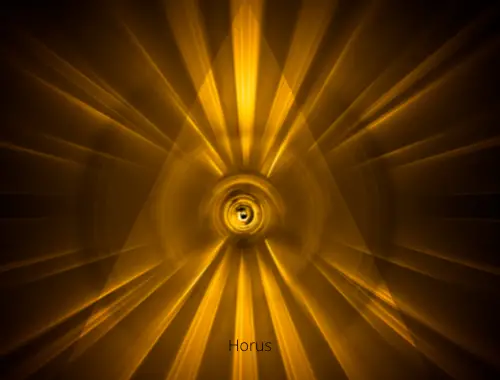Sirius is called the dog star because of the Ancient Egyptian and Ancient Greek legends associated with it. The name of the star Sirius literally means glowing in Greek. Sirius is the brightest star in the night sky. Sirius s a part of the Canis Major constellation, and is actually a binary star system, containing stars Sirius A or Sirius Alpha Canis Major and Sirius B or Beta Canis Major, the latter a white dwarf. Sirius A, however, is twice as massive as the sun.
The reason for Egyptians naming Sirius the dog star was after the Egyptian King of gods Osiris. The reason why the star is called dog star is because the pictogram of the god Osiris depicts the star as his dog. A physical reason for the star’s attribution to the god would have been the fact that the heliacal rising of the Sirius marks the flooding of the Nile, which was attributed to the fertility of the land.
The dog star is the reference that has given rise to the idiom dog days or dies caniculares, in Ancient Greece and Rome. The dog days meant the hottest days of summer in the Northern Hemisphere, particularly in July and August, when the star was said to rise just before or at the time of sunrise. Since then, the phenomenon of the precession of the equinoxes has changed the path of the heavenly bodies as observed from the ground.
Ancient Greeks believed that the rays of Sirius affected dogs adversely, causing them to go mad, probably referring to rabies. In the days of worst heat, Ancient Romans sacrificed red dogs for Sirius, because the heat wave was considered the result of its wrath. This could be another reason for naming Sirius the dog star. The dog day period of late July to late August is still recognized in some European cultures. In language, dog days refer to a period of evil and turbulence.
Sirius was also attributed to the dog or the wolf in some way in many other cultures, including Chinese Astrology that refers to it as the celestial wolf. Being the brightest object in the sky beside the Moon and Venus, it has always been the center of human fascination, religion and spirituality.












Leave a Reply